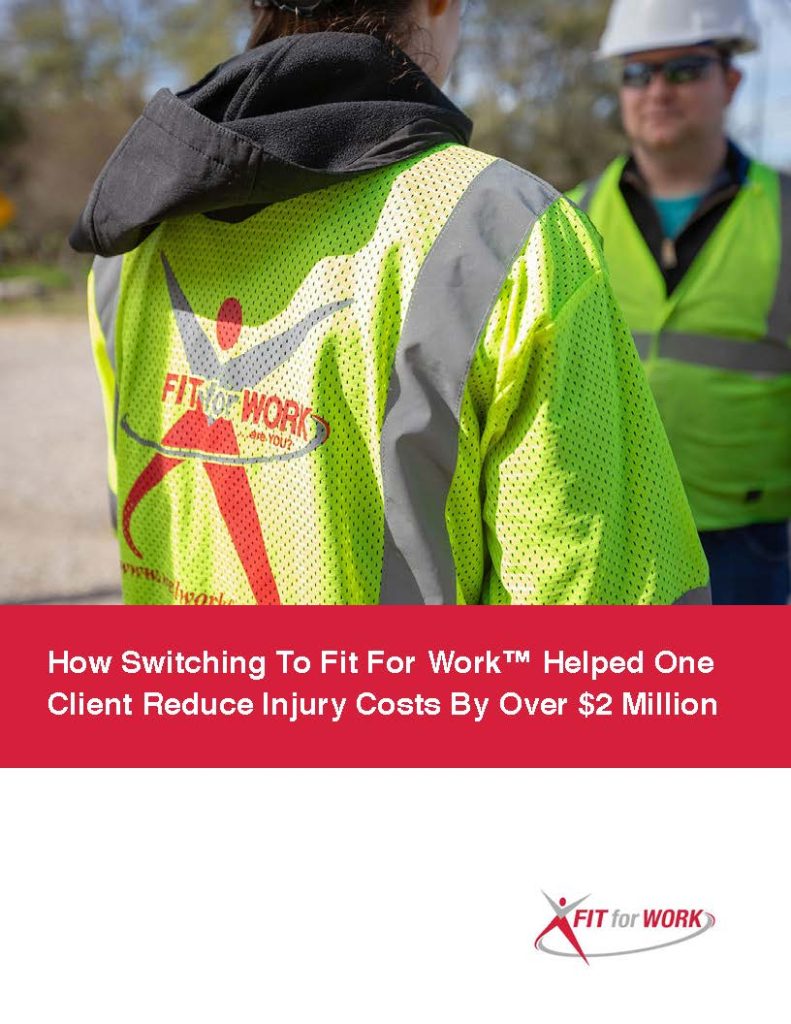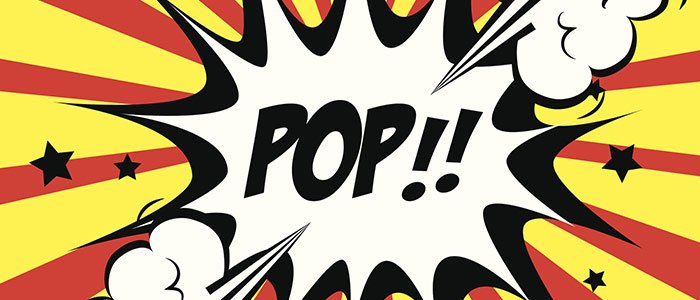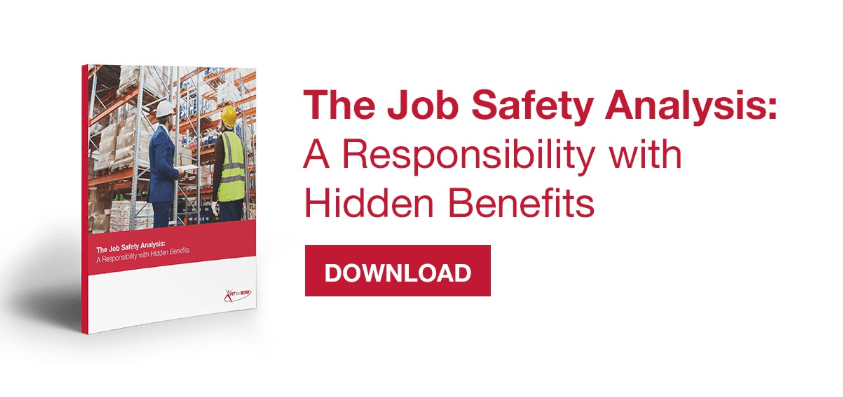In deciding whether to cite an employer for safety violations, OSHA uses a two-step process:
- What is the status of the employer in the case—Creating, Exposing, Correcting, or Controlling?
- Given the different responsibilities of each employer type in a multi-employer project, did the employer meet those responsibilities?
Below is a summary of the responsibilities of each status (see our e book “Pre-Task Safety and Health Planning (PTSHP) Can Keep Employers and Subcontractors on the Right Side of OSHA” for more details) and an example of how they might be assessed by OSHA. Creating Employer
- Has created hazardous conditions that violate OSHA standards.
- Citable by OSHA even if only workers harmed are employed by another employer.
Employer A contracts with Employer B to service machinery in its plant. A fails to cover drums containing harmful chemicals—despite B’s repeated requests. A’s failure to implement a simple solution results in B’s employees being exposed to levels of contaminant that exceed PEL. Employer A, a Creating Employer, is citable by OSHA. Exposing Employer
- Employer’s direct employees have been exposed to hazardous conditions.
- Citable by OSHA even if conditions were created by another employer
- If Exposing Employer
- knew of the hazards
- failed to take action
Employer X is responsible for inspecting and cleaning a work area around a large hole in the plant floor. Employer Y owns the plant and has not complied with OSHA requirements by installing guard rails around the hole. Employer X, a subcontractor to Employer Y, has no authority to install guard rails, but could require its employees to use personal fall protection. It does not do so. Employer X, an Exposing Employer, is citable by OSHA. Correcting Employer
- Responsible for correcting a hazard on work site.
- Citable by OSHA
- If Correcting Employer failed to take reasonable care that all health and safety responsibilities are met.
- Or failed to take action on a known hazard
- And any employee on project was exposed to it.
Employer R is responsible for constructing and maintaining guard rails throughout a project. R keeps up a regular inspection routine, and also inspects areas where materials are delivered, since the vast majority of damage to the guard rails has occurred in those areas. Other subcontractors are required to report damage to the guard rails to the general contractor, who then informs Employer R. Employer R has consistently repaired the rails immediately after finding them or being informed about them. One day employees moving materials damage a guard rail. No one tells R of the damage, and R has no chance to see it. An OSHA inspection occurs before R’s morning inspection, and the damage is discovered. None of R’s employees are exposed to the hazard, though other employees are. Employer R, a Correcting Employer, is not cited for the violation, because they could not reasonably have known about it. Controlling Employer
- General supervisory authority over entire work site.
- Has power to correct health and safety violations, or require others to correct them.
- Standard of inspection or knowledge less strict than that of individual employers.
The Controlling Employer’s safety responsibilities fall under the Standard of Reasonable Care. 





